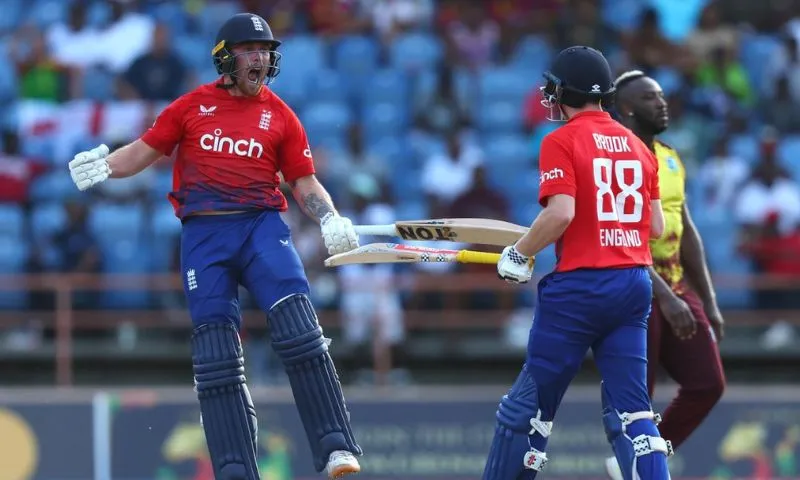The ICC Men’s Cricket World Cup has kicked off with a bang, and former Australian captain Ricky Ponting has weighed in on what his previous team needs to do to rebound from their initial setback against hosts India. As Australia strives for an unprecedented sixth World Cup trophy, it’s imperative to address key areas to regain momentum.

Prioritize Spin Bowling Prowess
One glaring observation from the opening match was Australia’s reliance on Adam Zampa as the primary spinner. While Zampa has demonstrated his mettle in the past, diversifying the spin bowling options would add depth to the Australian attack. Ponting emphasized the importance of Zampa finding his rhythm, underscoring the need for a multidimensional spin strategy.
Australia has a wealth of spin bowling talent at their disposal, including Ashton Agar, Mitchell Swepson, and Glenn Maxwell. Agar offers a left-arm angle and the ability to bowl accurately, while Swepson is a leg-spinner with a knack for deceiving batsmen with his flight and variation. Maxwell provides an attacking option, capable of generating sharp turn and bounce.
Deploying a combination of these spinners based on the conditions and opposition can give Australia a significant edge. For instance, on subcontinental pitches, Agar and Swepson could be preferred, while Maxwell could be unleashed on flatter surfaces. This flexibility would also allow Australia to adapt to different match situations, such as chasing a target or bowling first.
Leverage the All-Rounder Arsenal
Australia boasts an array of all-rounders, including Cameron Green, Mitchell Marsh, and potentially Marcus Stoinis. Incorporating them strategically could provide a formidable balance to the squad. This flexibility enables the team to adapt to different match situations, allowing for tailored bowling attacks and bolstering the batting lineup.
Green, for instance, can be used as a fifth bowler to provide additional depth and variety. His ability to generate pace and bounce could be particularly effective in the middle overs, when batsmen are looking to accelerate. Marsh offers a more economical option, with his medium-pace deliveries and accurate lines. Stoinis can provide a mix of both, with the ability to bowl at speeds of up to 140 km/h and also chip in with useful overs in the middle.
In the batting department, all three all-rounders can contribute significantly. Green is a powerful striker who can clear the ropes with ease, while Marsh has a knack for scoring runs in pressure situations. Stoinis is a versatile batsman who can bat anywhere in the order and provide a late flourish with the bat.
By carefully managing the workloads of their all-rounders, Australia can reap the benefits of their versatility and balance.
Fielding Excellence: The Unseen Edge
Great teams have one common trait: exceptional fielding. A crucial aspect often underestimated, precision in the field can turn the tide of a match. Ponting stresses the importance of minimizing errors, advocating for rigorous fielding drills to ensure that Australia emerges as one of the standout fielding sides in the tournament.
A good fielding performance can boost team morale and put the opposition on the back foot. It can also lead to crucial breakthroughs and prevent batsmen from getting away with loose shots. In a close match, even a single run saved in the field can make the difference.
Australia has a number of world-class fielders in their ranks, including Glenn Maxwell, Marnus Labuschagne, and Pat Cummins. However, it’s important for the entire team to be up to the mark, as a single mistake can prove costly.
By focusing on fielding excellence, Australia can gain a significant edge over their opponents.
Specialized Game Planning for Key Opponents
Each opponent presents unique challenges, and a tailored approach is imperative. A comprehensive analysis of South Africa’s strengths and weaknesses, for instance, will be crucial ahead of the crunch match. Understanding the opposition’s playing style and formulating specific strategies can provide a competitive edge.
For example, if the opposition team is known for its aggressive batting, Australia may need to adopt a more conservative bowling approach, with a focus on accuracy and line. On the other hand, if the opposition team has a strong bowling lineup, Australia may need to bat more cautiously, especially in the early overs.
By tailoring their game plans to each opponent, Australia can give themselves a better chance of success.
Adaptability: A Key to Success
In the dynamic world of cricket, adaptability is paramount. Australia should be prepared to make swift decisions based on the game’s progression. This includes tactical substitutions, adjusting batting orders, and optimizing field placements. The ability to adapt on the fly can be a game-changer.
For instance, if a bowler is ineffective, the captain must be willing to bring on someone else. If a batsman is struggling, the batting order may need to be adjusted. And iftunesharemore_vert











